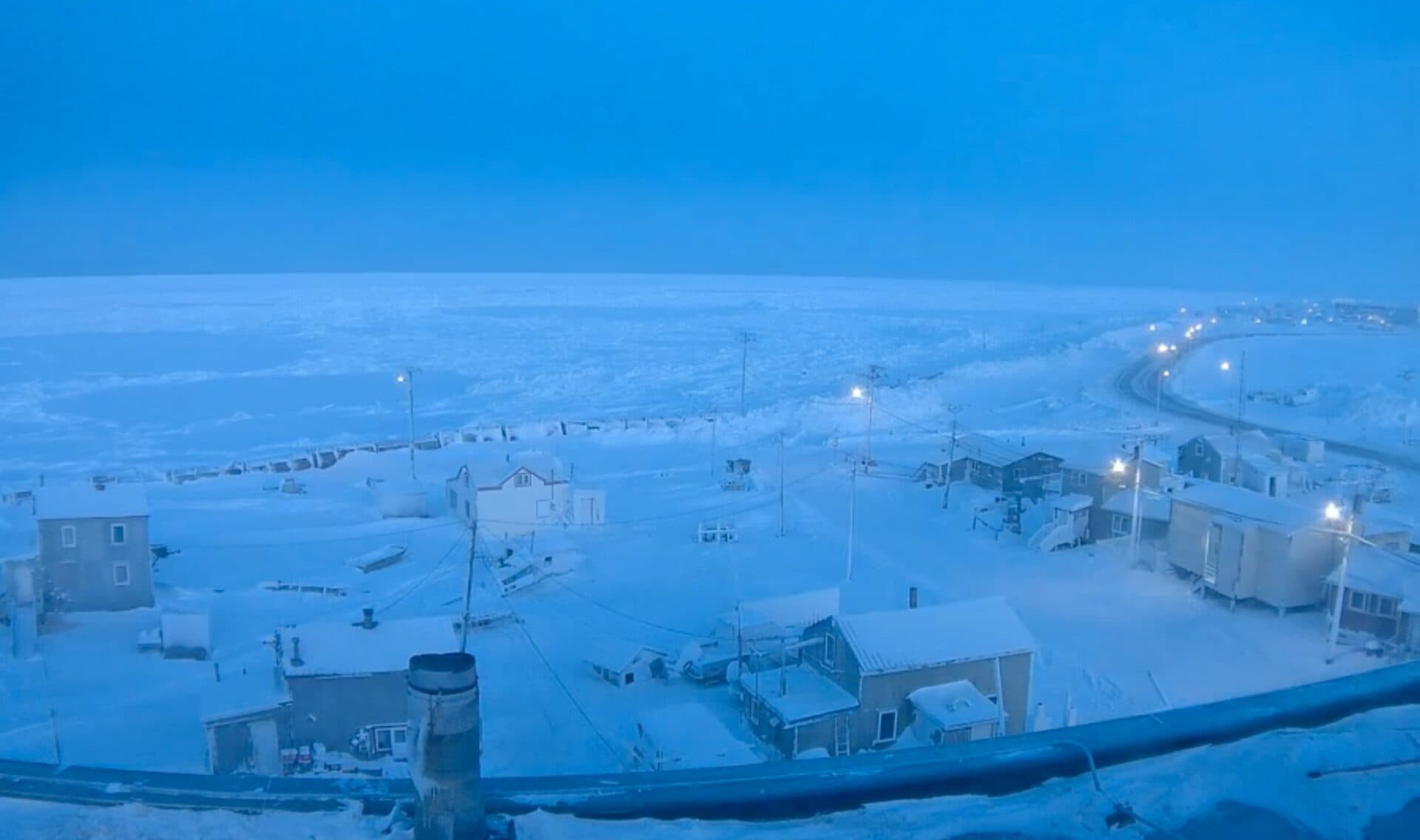Utqiagvik Remains Arctic Hub for Subsistence, Science and Industry
Utqiagvik, the northernmost incorporated city in the United States, continues to serve as a regional center for government, subsistence activity, scientific research, and oilfield related industry on Alaska's North Slope. Its geographic isolation, seasonal supply chains, and reliance on subsistence harvesting shape daily life and policy priorities for residents and visitors.

Utqiagvik, known by its Iñupiat name, stands on the Chukchi Sea as the northernmost incorporated city in the United States and a focal point for the North Slope Borough. With a population of around a few thousand, the community combines roles as a local government seat, a base for Arctic research, and a support hub for industry tied to regional oilfields. These overlapping functions inform public services, economic activity, and cultural life across the borough.
Subsistence harvesting remains central to household food security and cultural continuity in Utqiagvik. Residents rely on bowhead whales, seals, fish, and caribou as key sources of nutrition and community sharing. That dependence interacts with local management and federal subsistence rules, making policy decisions on quotas, timing, and community allocations particularly consequential for daily life.
Major institutions anchor the town and provide essential services. Barrow High School and Iḷisaġvik College serve local educational needs, while the North Slope Borough government offices coordinate regional planning and services. Samuel Simmonds Memorial Hospital is the primary health care facility for the area, a critical asset given the absence of road links to the Lower 48. Travel to and from Utqiagvik is by air year round, with seasonal barge freight supplying fuel, construction materials, and other bulk goods each summer. Those logistics shape costs, emergency planning, and municipal budgeting in ways residents experience directly.
Science and industry converge in Utqiagvik. Researchers studying Arctic systems use the town as a base for fieldwork, and companies involved with North Slope oilfields rely on local infrastructure and labor flows. The dual presence of research and industry brings project related income and jobs, but also requires balancing environmental stewardship with economic objectives. For residents that balance subsistence lifestyles with wage employment, these dynamics influence household budgets and long term planning.
Market implications for the region include vulnerability to supply chain disruptions and seasonal price pressures. Reliance on air freight for most consumer goods raises living costs relative to the rest of the country, while dependence on a summer barge season concentrates logistical risk. Policy decisions at the borough, state, and federal levels around transportation funding, subsistence management, and resource development therefore carry outsized local consequences.
For visitors, the lack of road connections means planning is essential and adherence to local regulations and community norms is expected. Cultural events such as Kivgiq and other seasonal gatherings remain important social anchors and strengthen community resilience. As Utqiagvik continues to serve multiple roles for the North Slope Borough, its mix of traditional subsistence, modern services, scientific research, and industry will shape economic outcomes and daily life for years to come.


